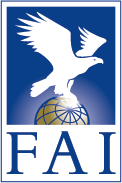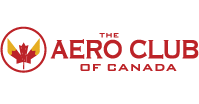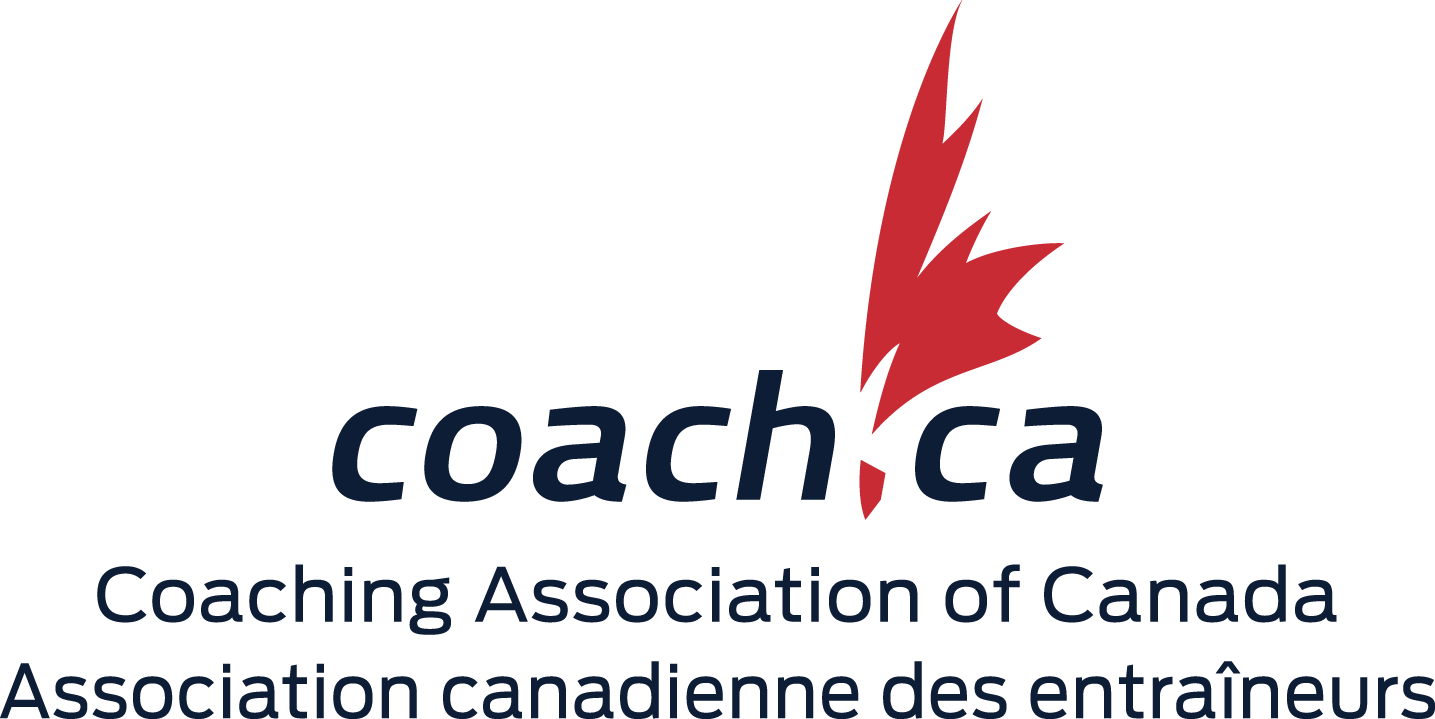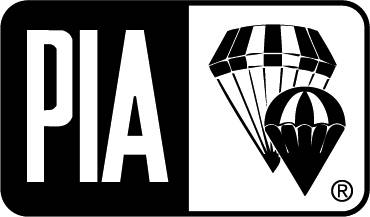Solo Checkout Jump
Introduction
This is possibly the most important skill accomplishment, as it represents graduation from close instructor supervision. From here, the novice can set out his or her own rate of learning with a lower level of monitoring by a Coach or Instructor. Consequently, both the Instructor and student should ensure that a thorough assessment and evaluation of both practical and technical skills in this section is made.
This endorsement is required for the Solo Certificate.
Qualifications
- Reserve procedures endorsement appropriate to the equipment used or to be used.
- Recommend completion of Stage 4 of the Basic Skills Grid.
Training and Content
Before attempting this endorsement, the student should have been instructed and become proficient in the following skill areas: (See PIM 2A for details)
Preparation
- physical rehearsal
- relaxation
- mental rehearsal
- recall and awareness
- self-directed instruction
Inflight
- seating and movement
- pre-exit handles check
- verbal review
- orientation
- spotting progression
- exit with heading control
- pilot briefing
Freefall
- stable arch
- activation
- altimeter use
- altitude awareness
- observation circle
- heading control
- arm exercies
- leg exercise
- 90-180 degree turns
- figure 8 (360 left, 360 right)
Canopy Control
- canopy identification
- flight control check
- flat turns
- landing technique
- full glide turns
- observation of drift
- stall practice
- observation of surface winds
- rear riser turns
- landing approach
Equipment
- equipment components
- reserve activation
- setting and mounting the altimeter
- gearing up procedures and adjustments
- safety check
- setting the audio altimeter
Technical Knowledge
- theoretical models for spotting, canopy flight, freefall math, and freefall control
- review of unusual inflight, freefall, canopy control and ground situations
- BSR's for the Solo Certificate
Teaching Strategy
Specific evaluations are made of the student's knowledge and abilities to progress. The following is a list of the minimum skills that an Instructor should ensure the student accomplishes and documents prior to performing the checkout jump.
- self directed instruction: be able to plan the next three dives
- pilot briefing: cover all areas
- safety checks: 100% on an error detection with at least 5 errors
- self spotting and theory: be able to apply skills prior to and on the checkout dive
- stable exits: three in a row
- figure 8: on heading, in control
- activation control: three in a row, stable, fixed heading, at the prescribed altitude
- canopy control: demonstrated rear riser turns, stall practice, and recovery
- complete landing approach: three in a row facing into the wind and landing in the target area
Evaluation
When the student is fully trained, the Jump Master instructor should be taken through a complete jump, to demonstrate that the student can supervise themselves.
The student will be expected to complete the following 25 point jump, with an overal 80% pass, and a pass on the mandatory parts.
- plan a logical skydive, a coach may be used as a reference
- rehearse the skydive
- manifest
- assess weather conditions
- check their own equipment
- don their own equipment
- arrange and receive a safety check** and give a safety check to another jumper
- final rehearsal at mockup/aircraft
- board aircraft safely adn brief the pilot
- take off routine: helmet, seatbelts, conduct
- inflight mental rehearsal
- pre-exit handles check
- arrange for and receive a pin check**
- spot the aircraft
- exit without assistance
- stable exit
- figure 8 on heading (may be already completed)
- altitude awareness**
- activate on a heading, stable, at the prescribed altitude**
- complete canopy checks
- fly a pattern to the landing area
- safe landing facing into wind within target area
- return all gear to appropriate places
- demonstrate awareness and recall of the jump's events
- fill in logbook accurately and completely
** Mandatory Pass to pass checkout
Make sure that the student's Endorsement Card is signed for Solo Checkout Jump by the CSPA Jump Master or instructor doing the evaluation.





